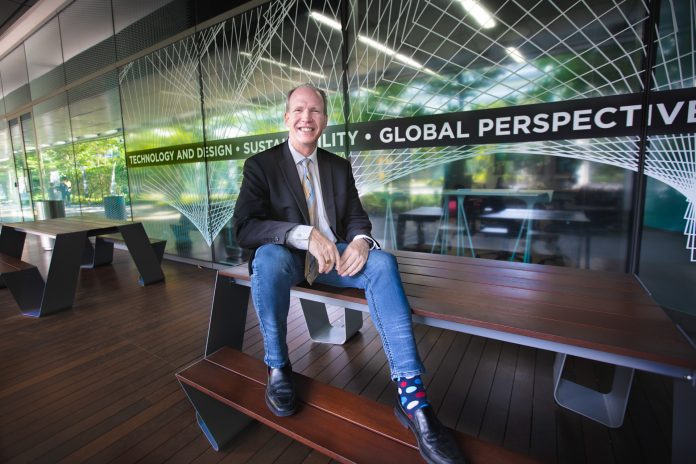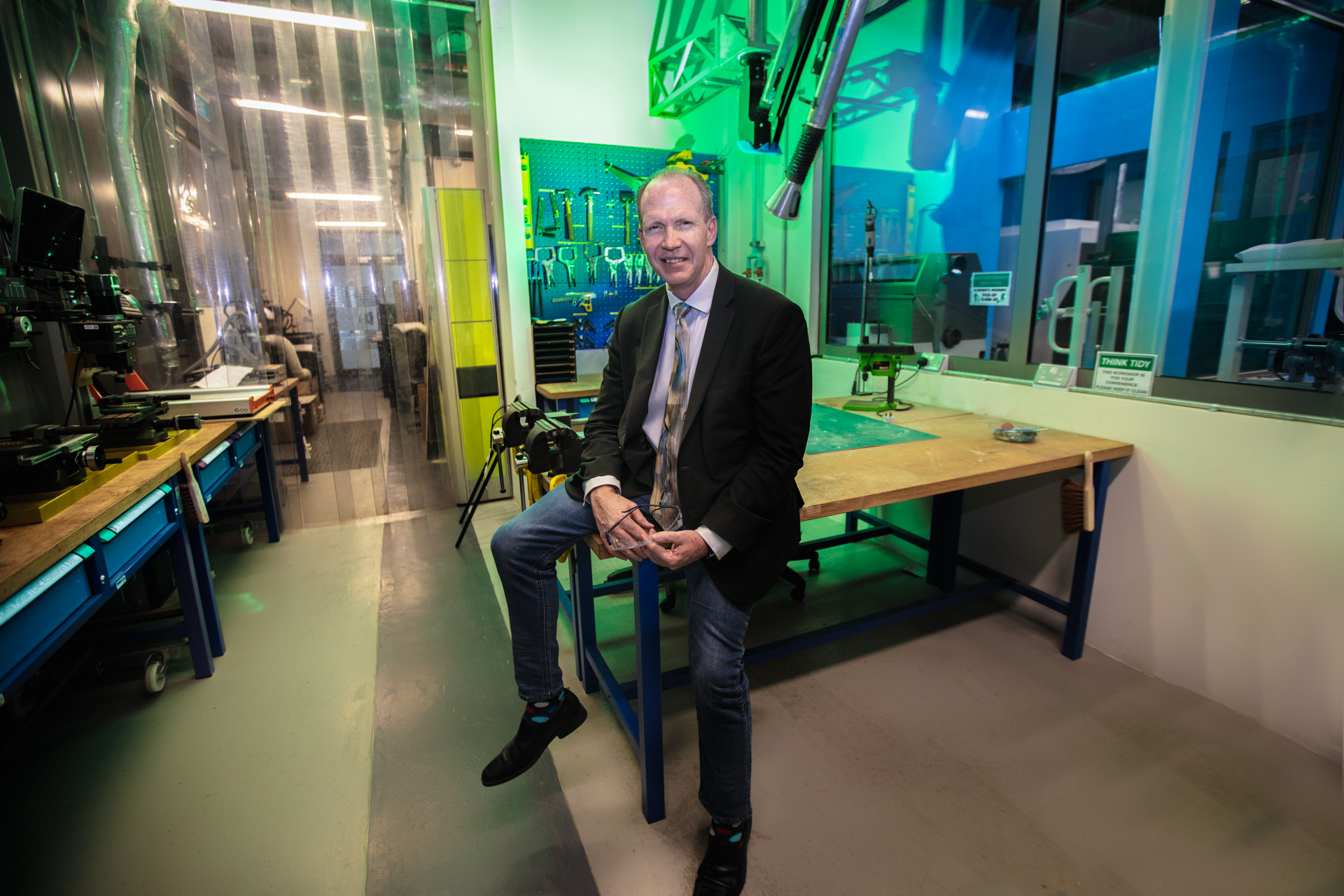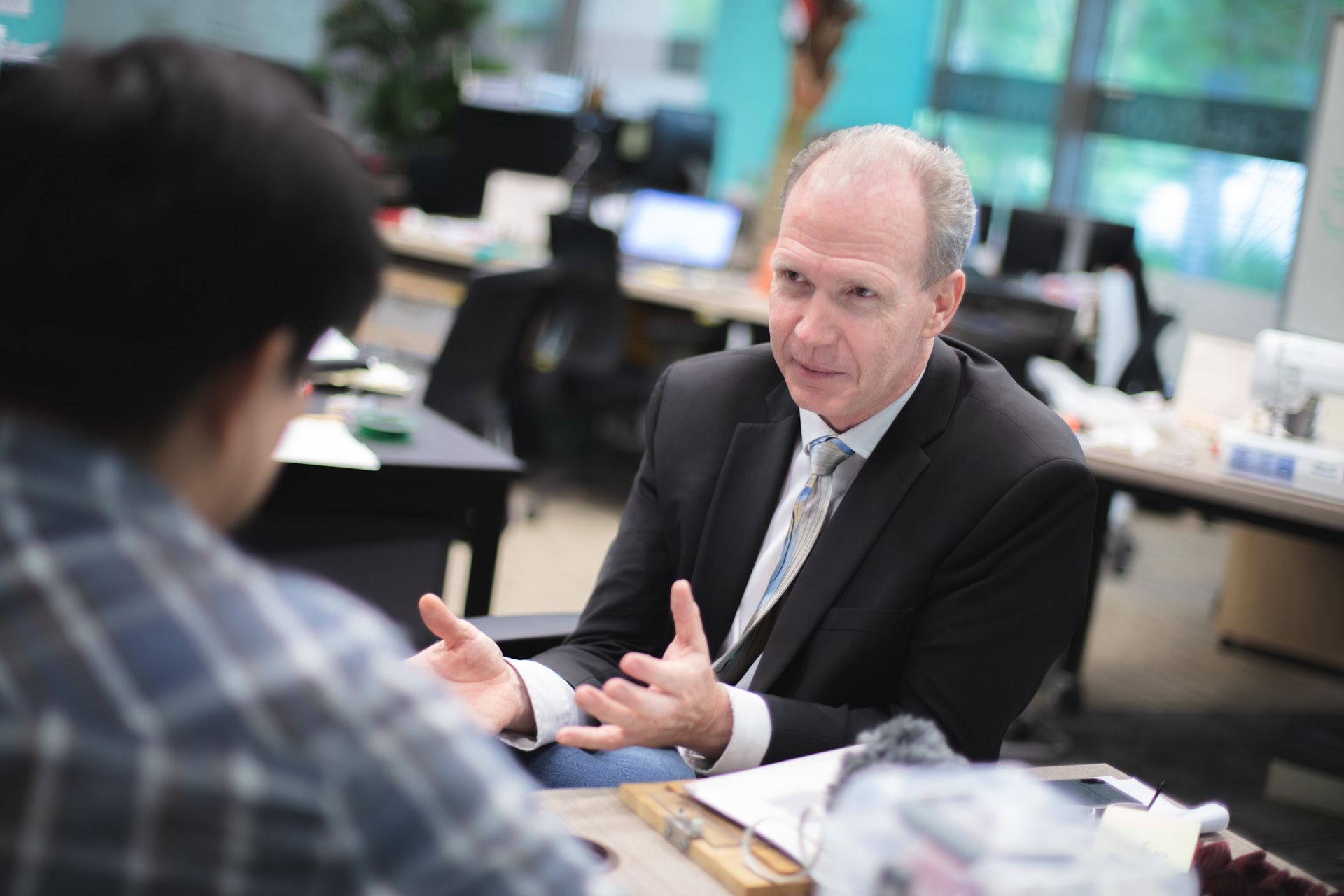“What universities create are people, the things we create, the patents, the papers, are secondary” – Professor Kristin Wood.
Not genetically though, but pedagogically. We speak to Professor Kristin Wood, one of the visionaries behind SUTD’s innovative curriculum, for his side of the story.
Professor Kristin Wood is a prolific man. In SUTD alone, he was the founding Head of Pillar of Engineering Product Development (he stepped down in September 2017), Co-Director of the SUTD-MIT International Design Centre (IDC) and more recently, in January 2018, assumed his new role as Associate Provost of Graduate Studies.
But even before SUTD, Professor Wood has had a fruitful 22 years as a professor in the University of Texas at Austin. There, he headed the Area of Manufacturing and Design in the Department of Mechanical Engineering, ran several design programmes (“Design is what I love. That’s who I am,” he loves to say), and was awarded the Regents’ Outstanding Teaching Award for his phenomenal contributions to education.
Given his remarkable background, it’s definitely forgivable that we’d imagine him to be an austere character before we met. We can’t be more wrong. Instead, we shook the hand of a jovial host who had us feel very at home within the daylight-drenched compounds of the IDC – a world-class design research and innovation hub that Professor Wood and his colleagues have helped conceive.
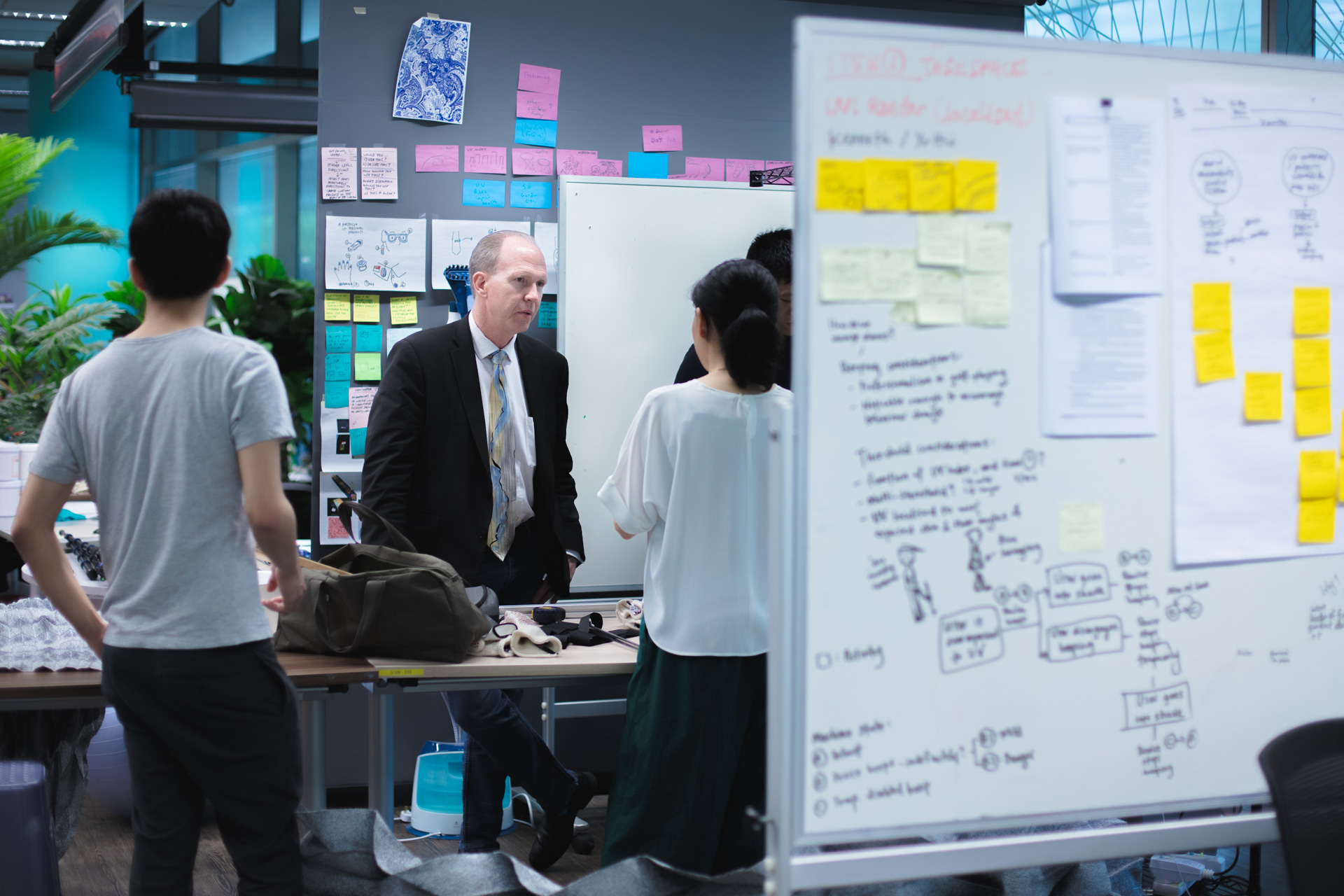
From engineering products to engineering people.
“What universities create are people,” Professor Wood shares as we settled in one of the centre’s discussion rooms. “The things we create, the patents, the papers, quite frankly, are secondary, in my opinion, to the people we create,” he continues.
It was this point of view, this passion in developing the next generation of innovative leaders that compelled Professor Wood to travel halfway round the globe to this sunny part of the world. What he saw at that time, was an opportunity to create something new, something distinctive, something that could make an impact on education – an impact that not only Singapore would value, but the world.
“Besides,” he adds with a modest laugh, “what better country can you be than Singapore for an English-speaking American to make an easy transition?”
Disrupting higher education.
Professor Wood came to SUTD with ambitious plans. Like the young university, he sought to “radically and disruptively change the meaning and context to education at the higher education level.”
His goal was, and still is, to create multidisciplinary leaders who are able to traverse disciplines; who are deft at utilising design as both a motivator and differentiator. Ultimately, he hopes to develop technically grounded innovators with skillsets and mindsets that “the world would care about.”
His vantage roles at EPD and the IDC (and more recently for graduate studies) naturally become perfect platforms to set in motion his pedagogical plans. “I probably wouldn’t have been satisfied if I were doing just either one,” says Professor Wood, “they came together very nicely.”
For one, he meant to blur the lines between education and research. Just like disciplinary structures, research and education are mainly kept in silos in most universities. “Not here,” Professor Wood stresses. He was keen right from the start to tightly integrate the two.
Redesigning the undergraduate experience.
One way he’s done that was by redefining the classroom experience for undergraduates. “Everything here is mostly project-centred,” he illustrates, “I call it design-based learning.”
For students, this would mean entering a system where, unlike other institutions, lectures, homework and laboratory assignments are kept to a minimal. Instead, they’ll find themselves constantly creating and ideating as they’re put to work on various projects – projects inspired by actual research in the IDC – throughout their stay in the university.
“We want to interact with students in a way that would inspire them, that allows them to be hands-on, be pro-active, and hopefully (at that time it was hope), build independent innovators and self-learners out of those experiences,” Professor Wood outlines.
Self-learners in the real world.
What initially started off as hope has certainly become a reality. And we’re not just taking Professor Wood’s word on it. Even business leaders in the real world can vouch for that.
“They said our students were by far one of their more independent hires on the team,” Professor Wood shares, “they were also very receptive to challenges – and I loved that.” He adds, “That’s exactly the type of people we want to create and, quite frankly, I think it’s something that not only EPD achieved, but all the pillars as well.”
Taking on his new role as Associate Provost of Graduate Studies.
With the EPD undergraduate programme now on track and moving in the right direction, Professor Wood is shifting his focus to another important group of individuals – graduate students. Like the undergrads, Professor Wood hopes to create yet another “generation of technically grounded leaders and innovators,” but this time, across the entire university, at the graduate level. For those who haven’t met your new Associate Provost of Graduate Studies, this is a good time to get acquainted.
The SUTD brand of graduate students.
So, what makes a SUTD graduate student different? That was one of the many big questions Professor Wood had to address coming on board. Now, he may have an answer. “Interdisciplinary,” he says. “For most graduate students around the world, they’re attached to one advisor, in one department, and they come out with very deep knowledge in one area.”
“Our students will also have that deep knowledge, but on top of that, they will be attached to multiple advisors from various disciplines. This allows them to span the interdisciplinary space like no other students have,” he continues, “that’s the unique nature of SUTD and that will be the distinctive quality of our graduate students as well. That’s what we’re attempting to create.”
Differentiated interdisciplinary leaders.

While many of his ideas are still in the works (he’s barely a year into the job), he describes one of them as “creating university degrees.” Most institutions, according to Professor Wood, create departmental degrees. What he plans to do then, is create unique degrees that cut across the entire institution.
“An example of what we have at the moment is Security by Design. We’ve got one in Nano-electronics and Design as well, and we just added an Urban Science, Policy and Planning programme. Those are some of the examples.”
Other things that Professor Wood is looking into include doubling the number of graduate programs as well as infusing the curriculum with design experiences. Growing the graduate culture is another agenda on his unremitting list. “I call it student life,” says Professor Wood. “I hope every student, when they leave, can look back and go, ‘That was the best time of my life.’ That’s our ultimate goal. We want to create that and sustain it.”
SUTD-MIT International Design Centre – Nexus of design research and innovation.
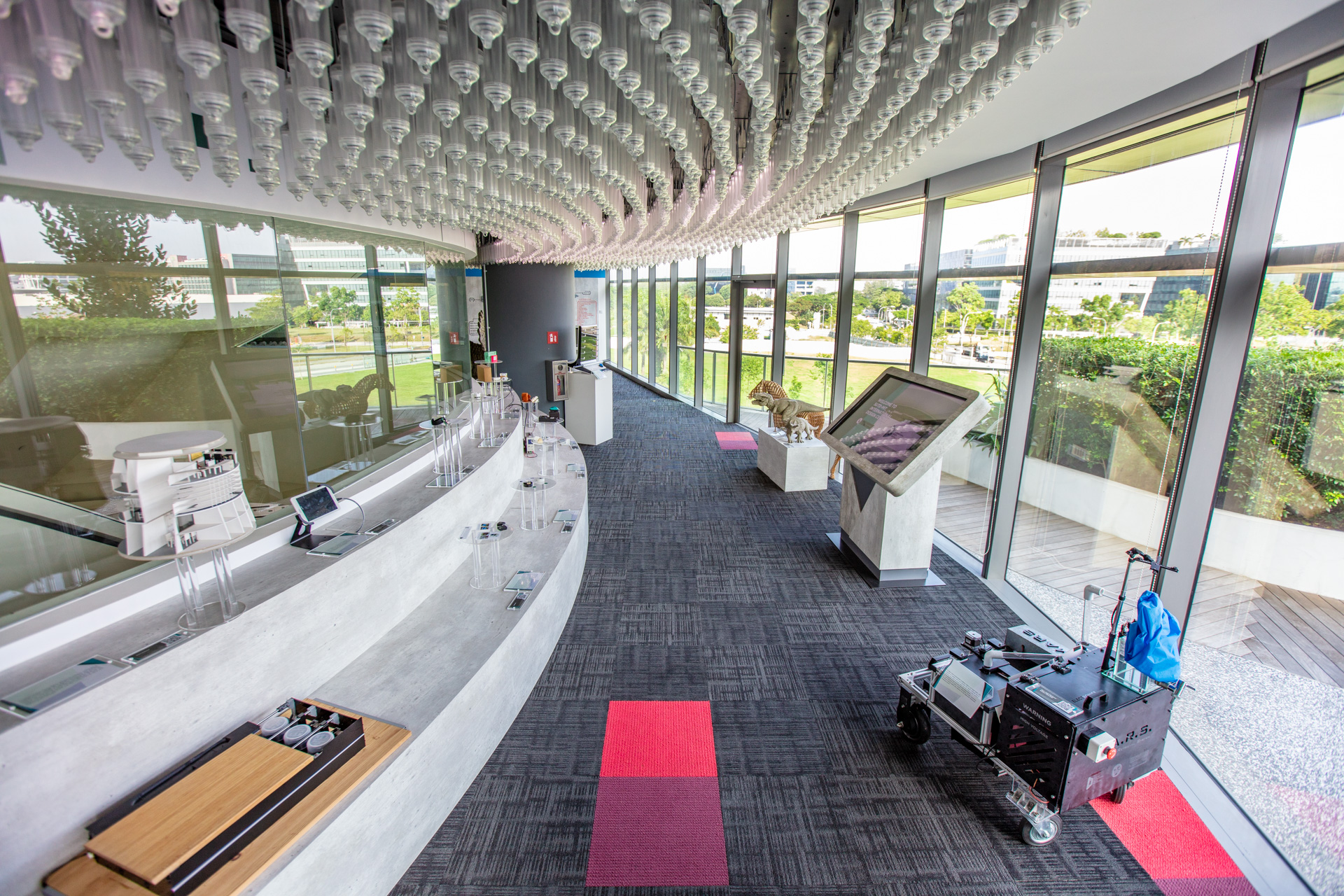
Over at the IDC, Professor Wood’s role as co-director is a little different. For one, it’s a lot more far-reaching. Here, he looks after two broad topics: design research, and its application – which involves practice, education and, in the near future, individuals like you and me, and the world.
“The IDC is an outlet for me to not only create a scholarly impact, but for me to bring design to practice, to impact the economy as well as the community,” Professor Wood describes.
Shaping a world-class design research institution with Grand Challenges and Design Research Thrusts.
With so many ideas and stakeholders passing through, the pressure’s on Professor Wood to preserve the quality of research coming out of the centre. He does that by establishing Grand Challenges and Design Research Thrusts.
Think of them as overarching themes that form an invisible boundary in which faculty and researchers have free play. Themes under the concept of Grand Challenge represent elements that “affect community, technology and society” while Design Research Thrusts are about “advancing the understanding of design and practice.”
Balancing elements from both categories enable high-quality projects that are not only able to answer society’s strategic needs, but, at the same time, advance design research, technology and practice across various disciplines. “That is key to creating a research centre that is unique and unparalleled,” he substantiates.
The IDC has seen about 435 projects to fruition (it started off with only 13) and supports around 20 to 40 active ones each year. About 95% of SUTD faculty have benefited from here and that’s, as Professor Wood proclaims, “Unheard of.”
Design research and its applications.
Those are amazing results. But Professor Wood knows more can be done. What we see as brilliant research, he deems as precious educational material – knowledge that can applied to both industry and pedagogy.
Design Innovation at Singapore (DI@SG) is a programme initiated by Professor Wood and his colleagues about four years ago to turn the IDC into a conduit between research and practice. “It was never required of us, but it was in our vision to say we need to get outside the walls of SUTD and affect the community,” he says. Over a hundred industry partnerships have since been formed.
Within SUTD, Professor Wood has effectively allowed research to cross paths with education in the classroom through an innovative research-based curriculum. “With the IDC, we want to affect as many people as possible as a horizontal across the university – students and faculty alike.”
The prolific Professor Wood.
Having made so many successful and outstanding individuals, we can’t help but wonder. What makes him? “Oh gosh that’s tough,” he exclaims with a laugh. “I have four kids, I love to keep up with my kids. They are a joy of my life and they are very important to me,” he smiles.
“Ultimately, what’s unique about faculty is we create people. It’s a geometric progression. As they go out there and affect people and they affect other people, that ultimately creates a community that is very charging. Being able to interact with them and being able to be in a position to enable an environment for them to be successful is what I love the most.”




















